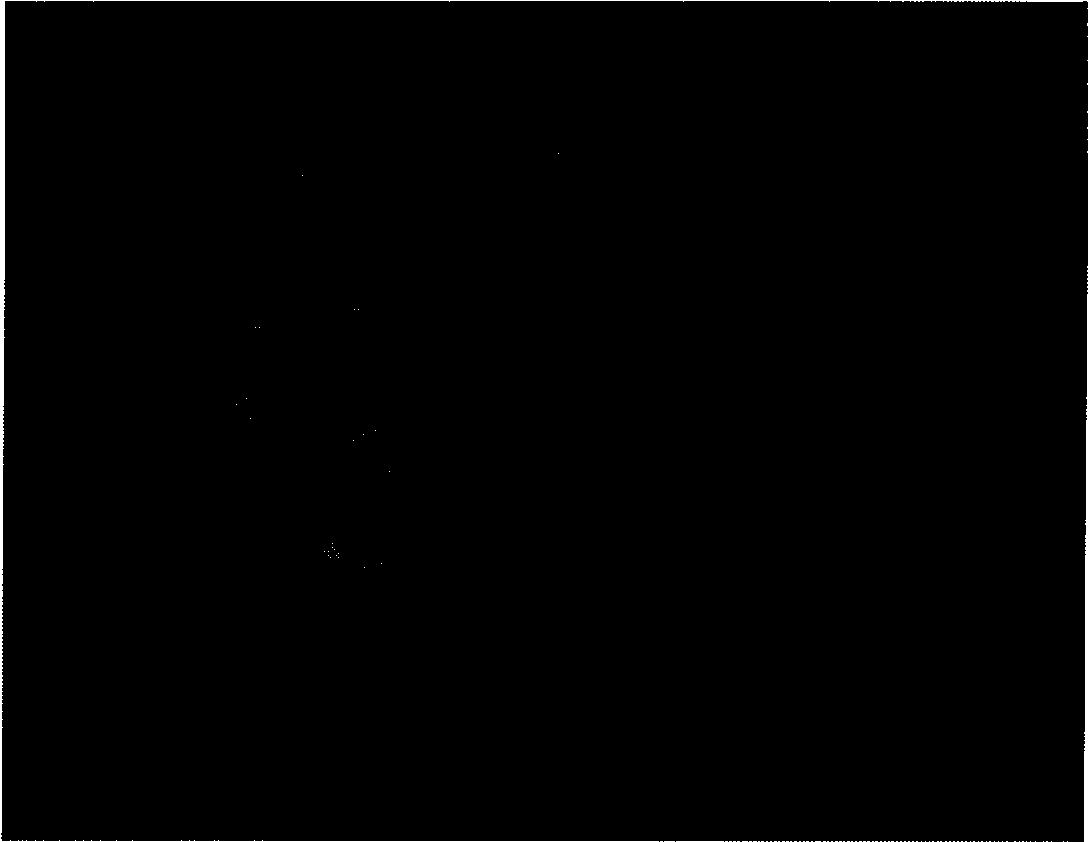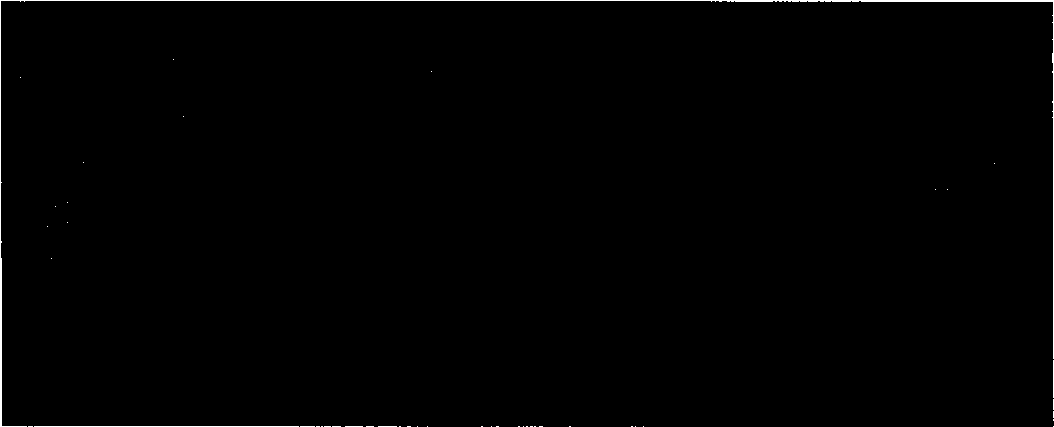Establishment and use of red fluorescent specific labeled mitochondria cell lines
A red fluorescence, mitochondrial technology, applied in fluorescence/phosphorescence, cells modified by introducing foreign genetic material, and determination/inspection of microorganisms, etc., can solve the problems of being limited to 440-529nm, high background, short excitation and emission wavelength , to achieve the effect of low cost, convenient use, and no influence on the biological activity of cells
- Summary
- Abstract
- Description
- Claims
- Application Information
AI Technical Summary
Problems solved by technology
Method used
Image
Examples
Embodiment 1
[0017] This example describes the screening method of the Vero cell line that specifically labels mitochondria with red fluorescence provided by the present invention.
[0018] (1) Determination of G418 screening concentration for Vero cells
[0019] Inoculate Vero cells in 6-well plates, remove the medium when the cells grow to 80% monolayer, and screen with 200 μg / ml, 400 μg / ml, 600 μg / ml, 800 μg / ml and 1000 μg / ml of G418 medium respectively kill. The medium was changed every 3 days (the concentration of G418 in the medium of each group was not changed), and the culture was continued for 2 weeks. The concentration of G418 for screening and killing Vero cells was determined according to the cell death situation.
[0020] The results showed that the Vero cells were screened with different concentrations of G418-containing medium, the medium was replaced every 3 days, and the culture continued for 2 weeks. According to the cell death, the optimal concentration of G418 for scre...
Embodiment 2
[0025] This example describes the identification of the cell line V-Mito, which specifically labels mitochondria with red fluorescence, provided by the present invention.
[0026] (1) Laser confocal microscope observation
[0027] After the islands of resistant clones were picked and expanded for culture, the cells were planted in a 35mm culture dish with a glass bottom and observed under a confocal laser microscope. The scanning parameters were set as excitation wavelength 488nm, detection excitation wavelength 585nm, resolution 512×512, and 8bit. Fluorescence images were processed by software to obtain the fluorescence intensity of the delineated cell area.
[0028] The result shows: the cell line V-Mito that the red fluorescence specific labeling mitochondria provided by the present invention scans under the laser confocal microscope, visible cell mitochondria are specifically marked by red fluorescent protein (see figure 2 ).
[0029] (2) Identification of mitochondria...
Embodiment 3
[0033] This example describes the stability of the cell line V-Mito specifically labeled with red fluorescence provided by the present invention.
[0034] Culture the above-mentioned cell line V-Mito with red fluorescence-specific labeling of mitochondria in normal medium without G418. After the cells grow to a single layer, carry out subculture, and repeat passage for 30 times in normal medium without G418. , to observe the stability of the cell line. The above-mentioned mitochondria-specific marker cell line V-Mito was passaged for 30 times, and then frozen in a liquid nitrogen tank. After one week, the cells were revived, cultured with normal medium, frozen again in a liquid nitrogen tank, and repeated for 3 times. Second, the expression of fluorescent protein in mitochondrial-labeled Vero cells was observed.
[0035] The results show that: the established mitochondrial marker Vero cell line V-Mito is cultured in a normal medium without G418, repeated passage 30 times and ...
PUM
 Login to View More
Login to View More Abstract
Description
Claims
Application Information
 Login to View More
Login to View More - R&D
- Intellectual Property
- Life Sciences
- Materials
- Tech Scout
- Unparalleled Data Quality
- Higher Quality Content
- 60% Fewer Hallucinations
Browse by: Latest US Patents, China's latest patents, Technical Efficacy Thesaurus, Application Domain, Technology Topic, Popular Technical Reports.
© 2025 PatSnap. All rights reserved.Legal|Privacy policy|Modern Slavery Act Transparency Statement|Sitemap|About US| Contact US: help@patsnap.com



